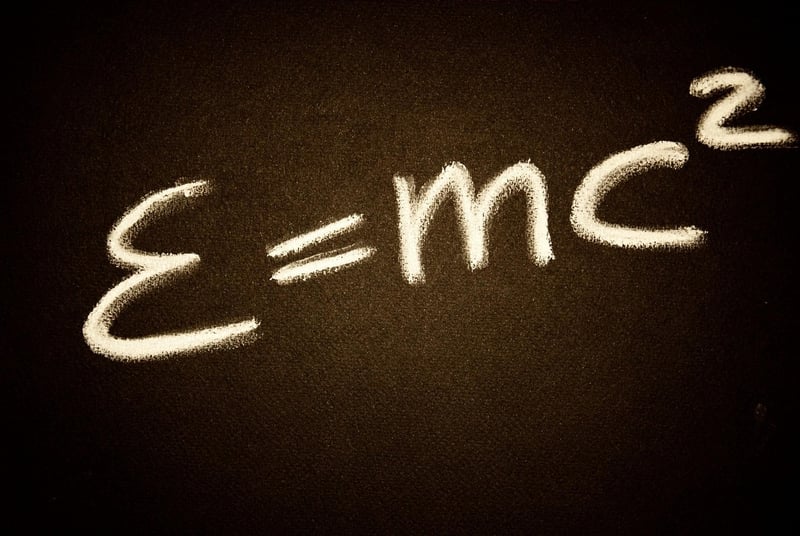Quantum Leap Devices
Mechanisms of Time Travel and Quantum Leap Devices
Time travel has always been a fascinating concept in science fiction, allowing characters to journey through time and space, altering past events or exploring the future. While time travel remains theoretical in reality, scientists have proposed several mechanisms that could potentially make it feasible in the future.
1. Wormholes
One popular theory involves using wormholes, hypothetical tunnels in spacetime that connect two separate points. By manipulating the geometry of these wormholes, it might be possible to create a shortcut between different times, allowing for time travel.

2. Time Dilation
According to Einstein's theory of relativity, time dilation occurs when an object is moving at speeds close to the speed of light or in a strong gravitational field. This effect could theoretically allow for time travel to the future by slowing down time for the traveler relative to the outside world.

3. Quantum Leap Devices
Quantum leap devices are a popular concept in science fiction, allowing individuals to leap through time instantaneously. While currently only a theoretical concept, quantum mechanics suggests that particles can exist in multiple states simultaneously. Harnessing this phenomenon could potentially lead to the development of quantum leap devices in the future.

Conclusion
While time travel remains a subject of speculation and imagination, ongoing research in physics and quantum mechanics continues to explore the possibility of traversing through time. Whether through wormholes, time dilation, or quantum leap devices, the concept of time travel will likely remain a captivating topic for years to come.
For more information on time travel and quantum leap devices, you can explore the latest scientific research and theories in the field of theoretical physics.
